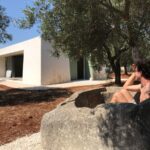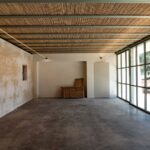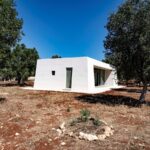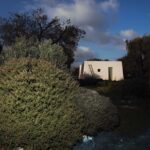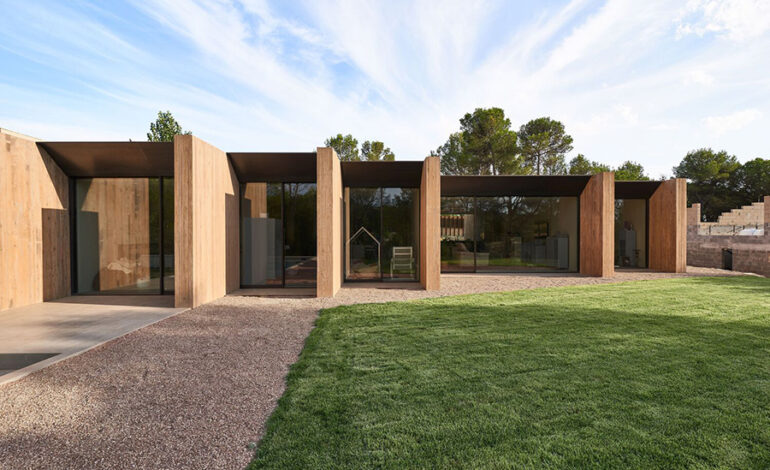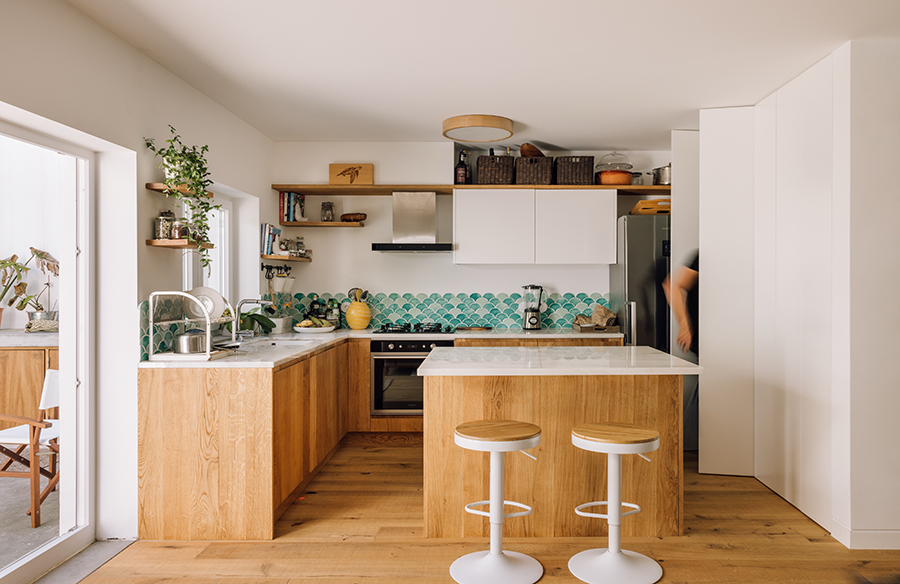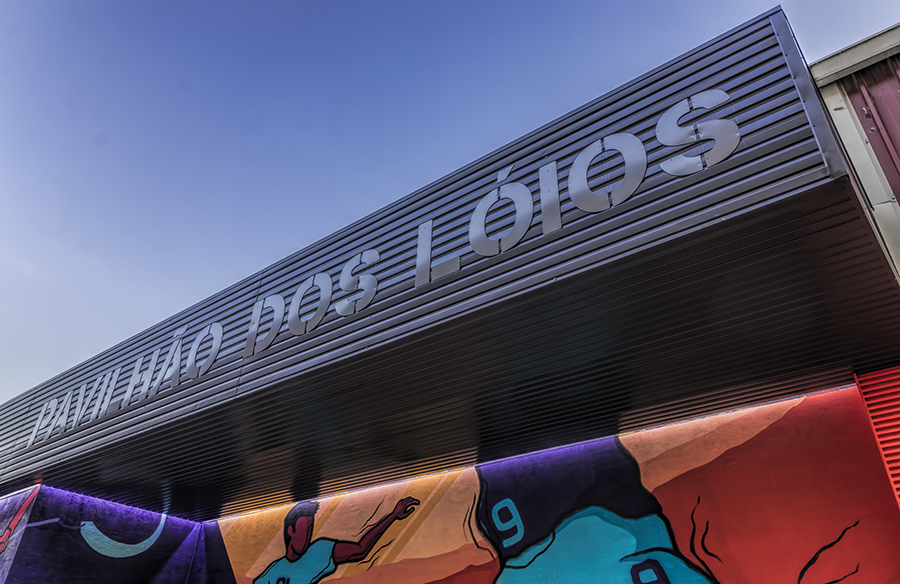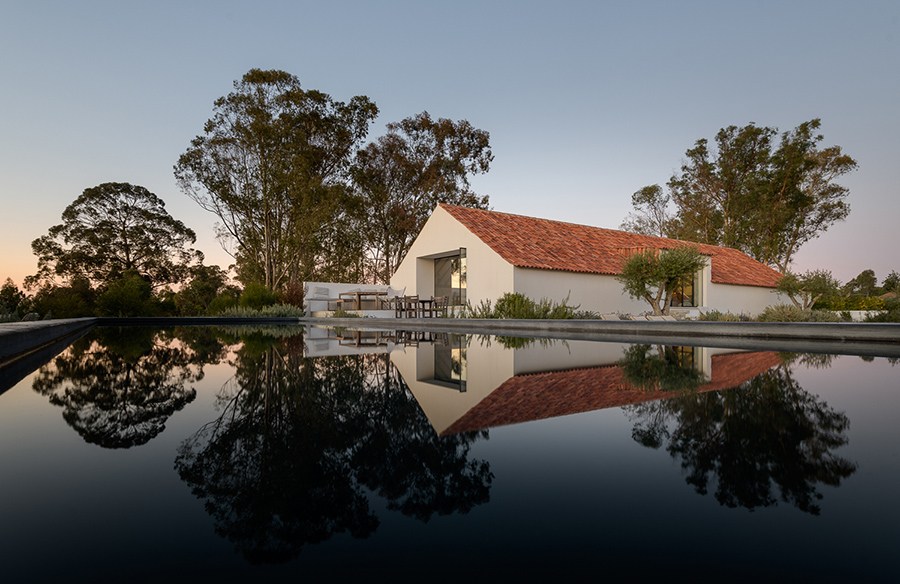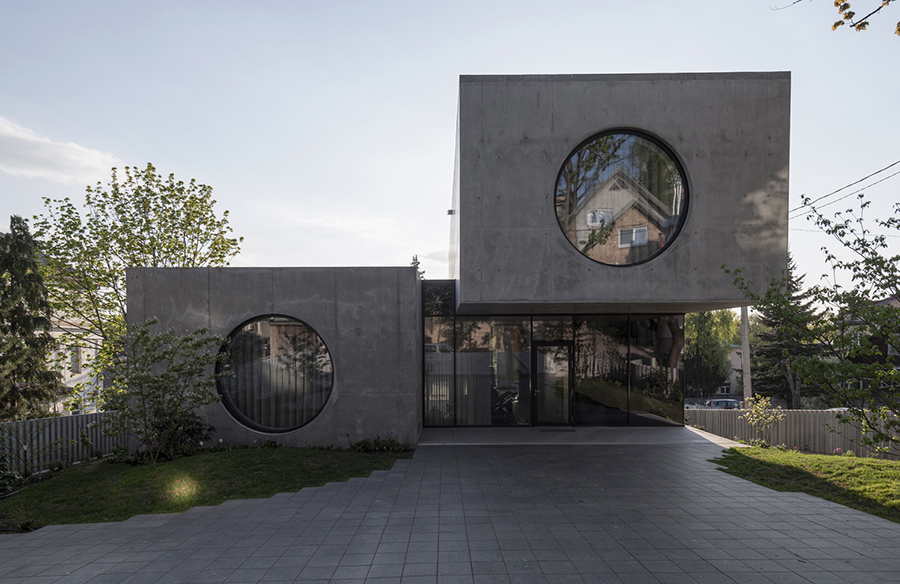Lamia Santolina: A Modern Twist on Tradition

Embracing Tradition with Innovation
Nestled in the countryside near Carovigno, Lamia Santolina stands as a modern interpretation of the traditional lamia typology found in Apulia, southern Italy. Commissioned by artists Cosimo Terlizzi and Damien Modolo, this creative workspace reflects their appreciation for local culture and nature.
Aesthetic and Environmental Harmony
While maintaining a traditional aesthetic, Lamia Santolina pioneers the use of natural and recyclable materials to address contemporary environmental concerns. Its simple shape and thoughtful design ensure a harmonious blend with the surrounding olive grove.
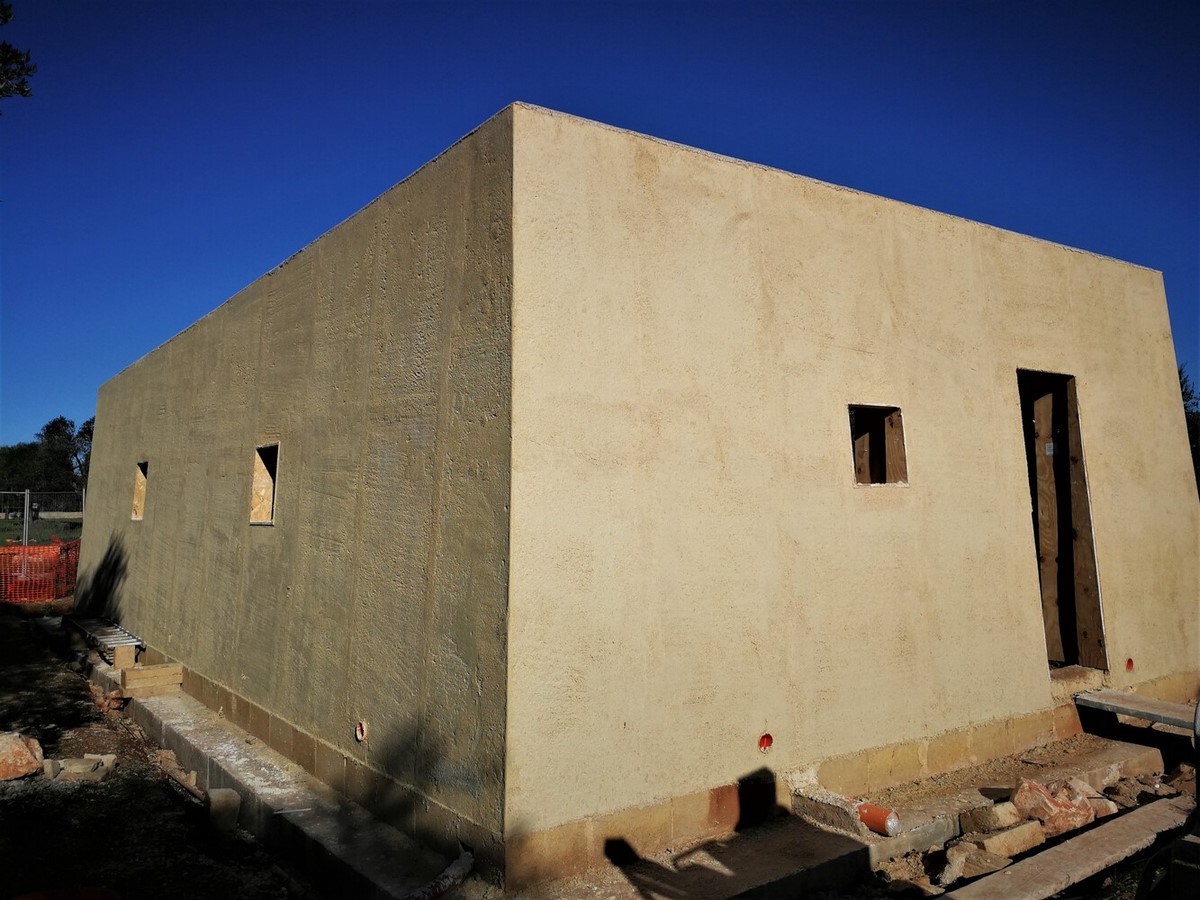
Functional Design for Art and Agriculture
The building’s design prioritizes functionality, with ample natural light and a constant internal temperature ideal for storing art, supplies, and agricultural produce. Large openings on the Eastern side maximize natural light while minimizing overheating, ensuring comfort even in the hot Apulian summers.
Innovative Construction Techniques
Constructed by Messapia Style, Lamia Santolina utilizes hemp and lime construction, known for its high thermal sealing capacity and eco-friendly properties. The integration of a photovoltaic system, rainwater recovery, and soil reuse further enhances its sustainability.
Blending Tradition and Modernity
The integration of traditional “incannucciato” cane roof technique with a modular iron structure showcases a harmonious blend of ancient craftsmanship and modern engineering. This approach ensures both structural integrity and thermal insulation for the roof.
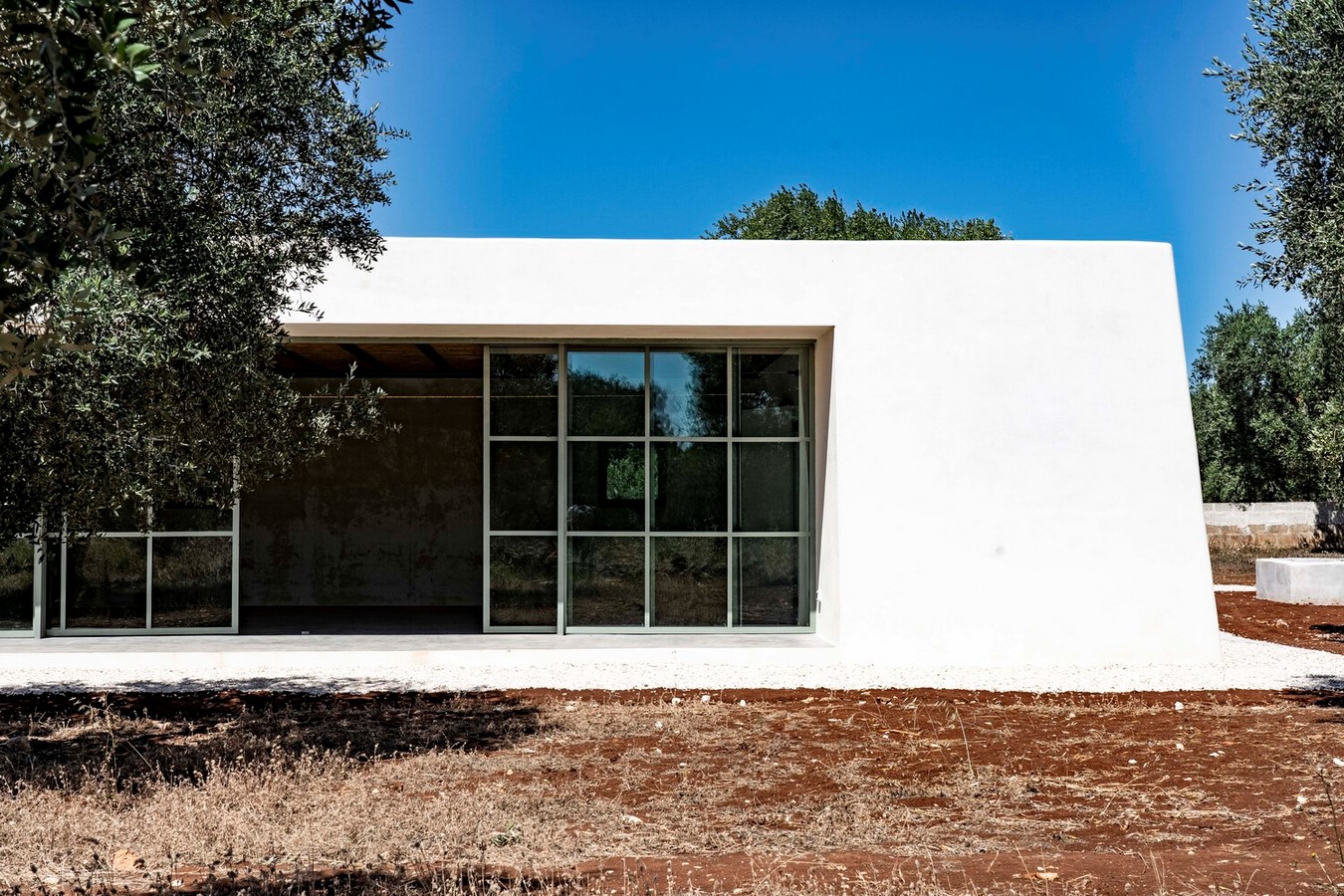
Environmental Stewardship
Beyond its architectural innovations, Lamia Santolina embodies a commitment to environmental stewardship. From rainwater recovery to soil reuse, every aspect of the construction process prioritizes sustainability and minimizes ecological impact.
Conclusion
Lamia Santolina stands as a testament to the power of innovation in architecture, seamlessly blending tradition with modernity while championing environmental sustainability. As a living building in harmony with its surroundings, it serves as an inspiring example of responsible design and construction practices.

